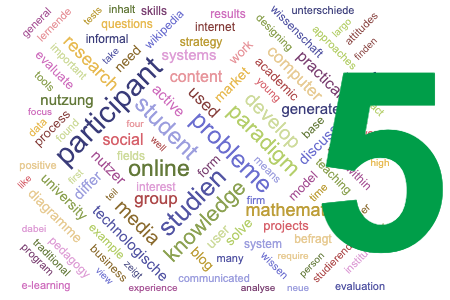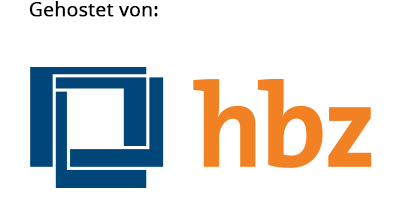Effectiveness of an Online Social Constructivist Mathematical Problem Solving Course for Malaysian Pre-Service Teachers
Schlagworte:
critical thinking, e-learning, mathematical problem solving, online course, satisfactions, social constructivistAbstract
This study assessed the effectiveness of an online mathematical problem solving course designed using a social constructivist approach for pre-service teachers. Thirty-seven pre-service teachers at the Batu Lintang Teacher Institute, Sarawak, Malaysia were randomly selected to participate in the study. The participants were required to complete the course online without the typical face-to-face classes and they were also required to solve authentic mathematical problems in small groups of 4-5 participants based on the Polya’s Problem Solving Model via asynchronous online discussions. Quantitative and qualitative methods such as questionnaires and interviews were used to evaluate the effects of the online learning course. Findings showed that a majority of the participants were satisfied with their learning experiences in the course. There were no significant changes in the participants’ attitudes toward mathematics, while the participants’ skills in problem solving for “understand the problem” and “devise a plan” steps based on the Polya’s Model were significantly enhanced, though no improvement was apparent for “carry out the plan” and “review”. The results also showed that there were significant improvements in the participants’ critical thinking skills. Furthermore, participants with higher initial computer skills were also found to show higher performance in mathematical problem solving as compared to those with lower computer skills. However, there were no significant differences in the participants’ achievements in the course based on gender. Generally, the online social constructivist mathematical problem solving course is beneficial to the participants and ought to be given the attention it deserves as an alternative to traditional classes. Nonetheless, careful considerations need to be made in the designing and implementing of online courses to minimize problems that participants might encounter while participating in such courses.Downloads
Veröffentlicht
2009-07-06
Ausgabe
Rubrik
Beiträge



